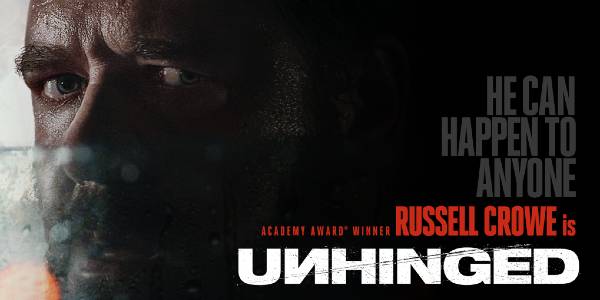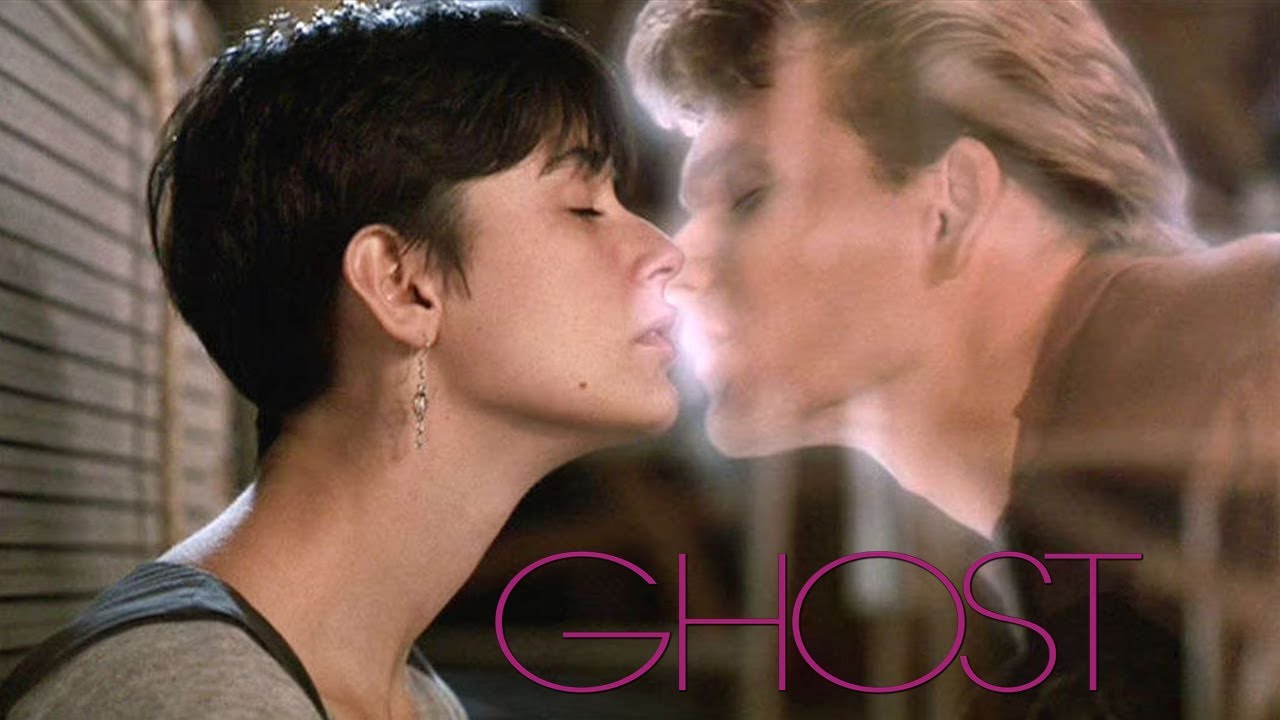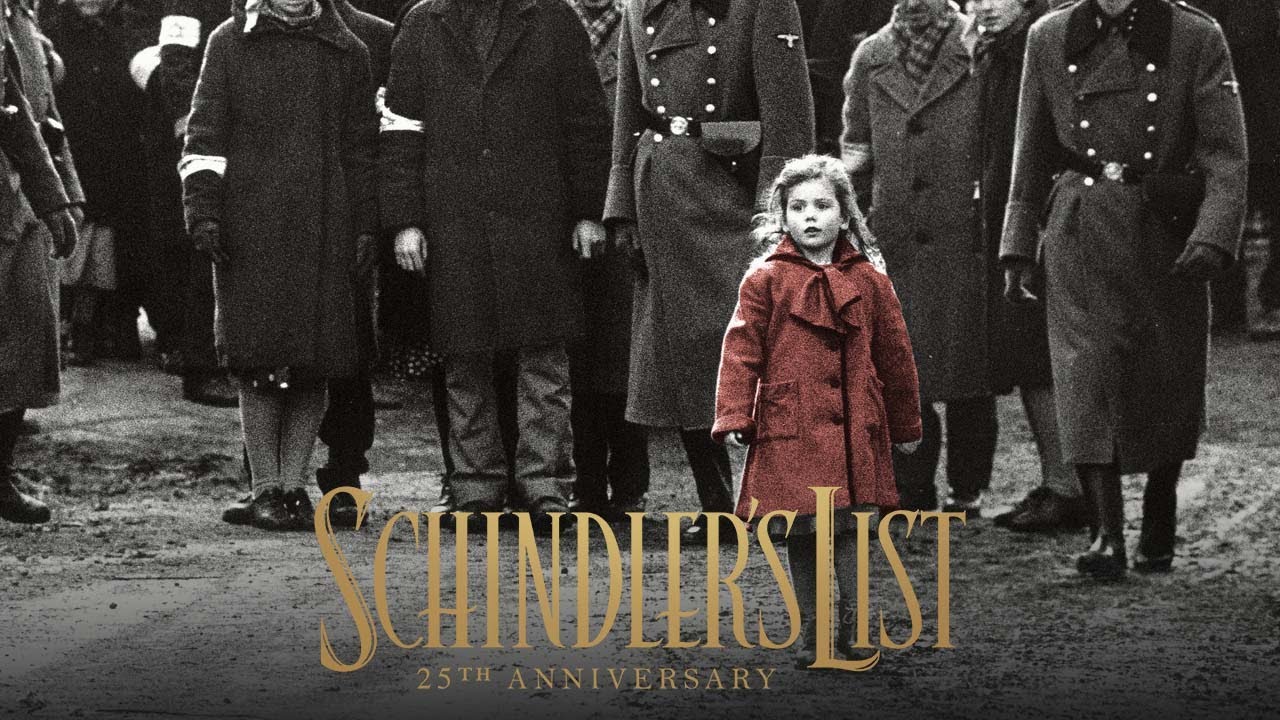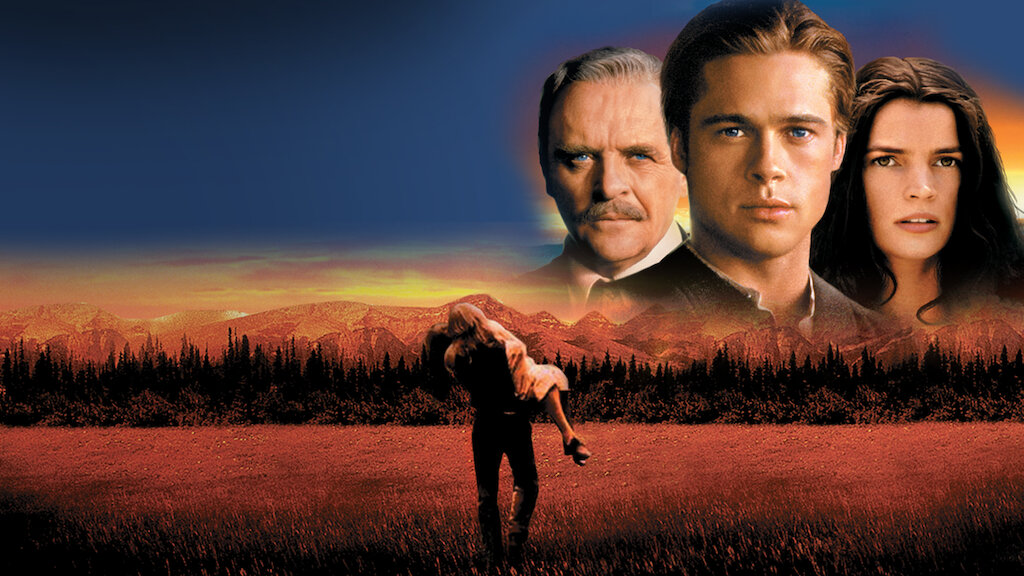Tinker Tailor Soldier Spy (2011), directed by Tomas Alfredson, is a slow-burning, atmospheric Cold War espionage thriller based on the novel by John le Carré. Set in the early 1970s, the film follows George Smiley (Gary Oldman), a retired intelligence officer who is brought back to investigate a mole within the British Secret Service (MI6). The film is a masterclass in tension, subtleties, and psychological depth, offering a dense, intricate web of betrayal, trust, and power in the shadow of the Cold War.
At the heart of Tinker Tailor Soldier Spy is Smiley’s quest to uncover the identity of the Soviet spy hidden among MI6’s senior ranks. The story weaves through complex layers of deception, shifting loyalties, and fractured relationships within the intelligence community. The film’s narrative is deliberately fragmented, challenging the viewer to piece together clues from Smiley’s investigation and from the enigmatic, shadowy characters he encounters. It’s a gripping journey into the heart of espionage, where no one is who they seem, and trust is a dangerous luxury.
Gary Oldman’s portrayal of George Smiley is a revelation. Oldman, known for his ability to transform into diverse characters, brings a quiet, methodical intensity to Smiley—a man whose emotions are tightly controlled and whose analytical mind dissects the puzzle of the mole with precise calculation. His performance is subtle yet commanding, capturing the internal conflict of a man tasked with unraveling a deep betrayal while dealing with personal loss.
The supporting cast is equally stellar, with standout performances from Colin Firth as the charming yet morally ambiguous Bill Haydon, Tom Hardy as the troubled and passionate Ricki Tarr, and Mark Strong as the reliable but secretive Jim Prideaux. Each character has a role to play in the intricate spy game, and their motivations are never fully revealed, leaving the audience to interpret their true loyalties. The interactions between these characters are laden with tension, where every word and gesture carries meaning, and the lines between allies and enemies are constantly blurred.
The cinematography of Tinker Tailor Soldier Spy is one of its most striking aspects. The film is shot in a muted, cold color palette, with shadowy, oppressive interiors and bleak exteriors that reflect the moral ambiguity and paranoia at the heart of the Cold War. The visual style complements the film’s slow-burn tension, with the camera often lingering on small, significant details that hint at deeper secrets. The sparse, atmospheric score by Alberto Iglesias further amplifies the sense of unease, underscoring the film’s deliberate pace and the growing sense of dread.
What sets Tinker Tailor Soldier Spy apart from other spy thrillers is its intellectual rigor. It doesn’t rely on action-packed sequences or bombastic plot twists. Instead, it demands patience and careful attention from its audience, with every scene rich in nuance and subtext. The film is as much a meditation on the nature of intelligence work as it is a tense, cerebral mystery. The world it creates is one of mistrust, surveillance, and hidden agendas, where no one can be trusted and everyone has a secret to hide.
At its core, Tinker Tailor Soldier Spy is a story about betrayal—not just the betrayal of nations, but the betrayal of individuals, their identities, and their ideals. It challenges the notion of loyalty and examines the cost of truth in a world where espionage is an art, and secrets are currency. It is a film that lingers long after the credits roll, prompting the viewer to reflect on its complex characters, its twisting plot, and the bleak world it depicts.
For fans of intricate, cerebral spy dramas, Tinker Tailor Soldier Spy is an unmissable masterpiece—a haunting, methodical exploration of espionage, loyalty, and the cold, shadowy world of spies.









